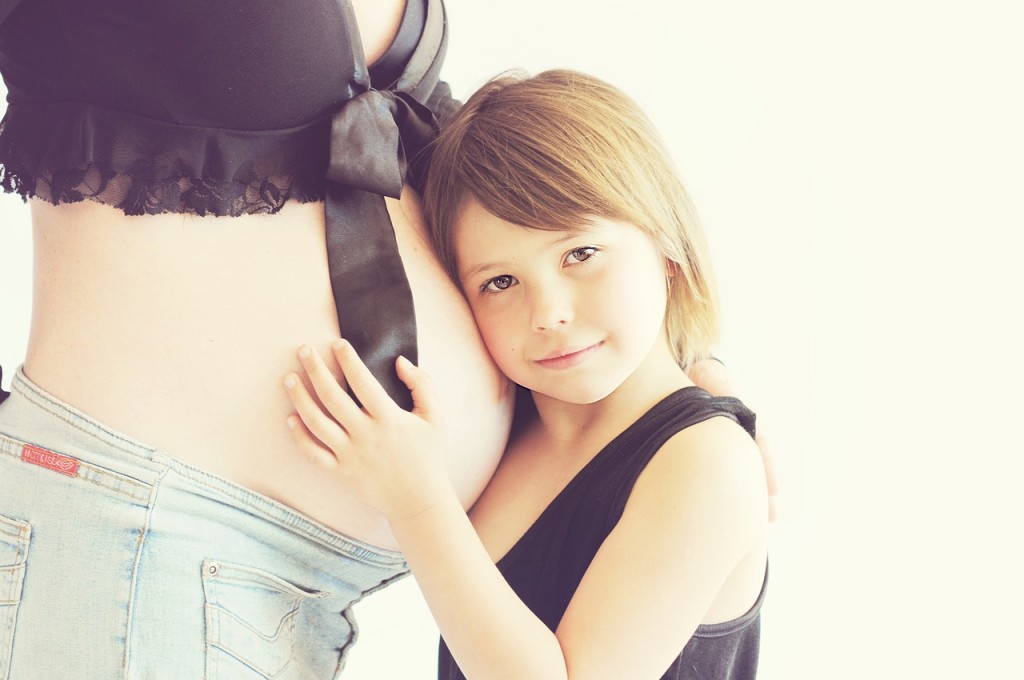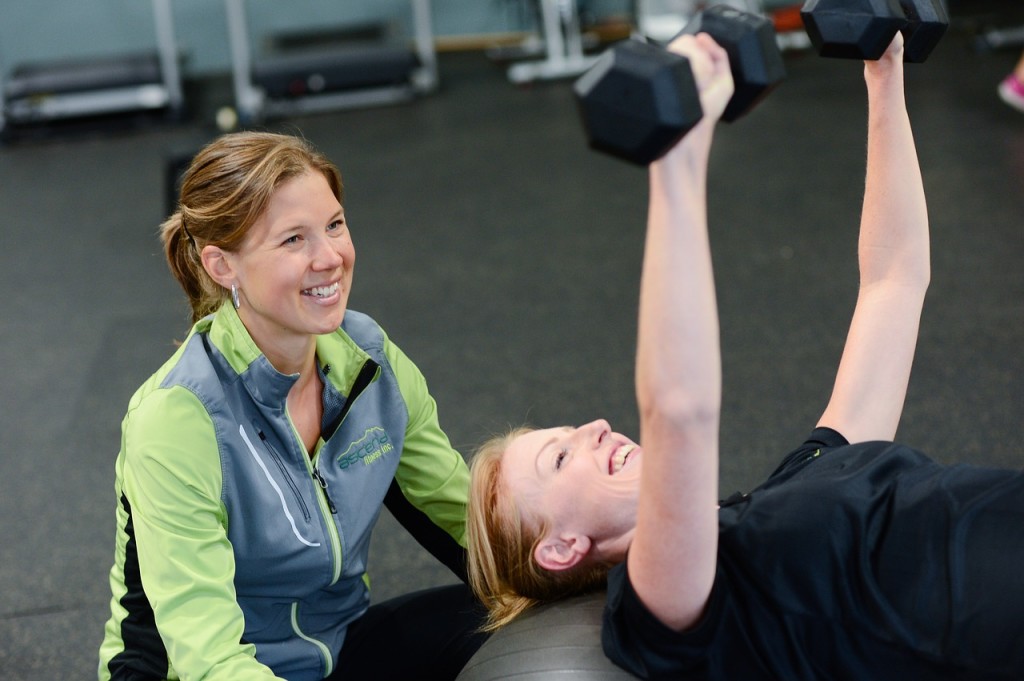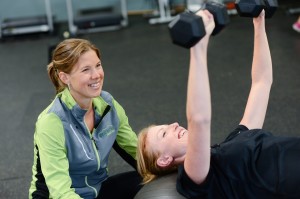 Don’t let your monthly cravings overpower your willpower. In the following Q&A, Marla Ahlgrimm offers advice on how to beat cravings and keep yourself on track, even when your hormones want you to jump headfirst off the health train.
Don’t let your monthly cravings overpower your willpower. In the following Q&A, Marla Ahlgrimm offers advice on how to beat cravings and keep yourself on track, even when your hormones want you to jump headfirst off the health train.
Q: Is it possible to indulge in sweet or salty snacks without hurting my diet?
Marla Ahlgrimm: It’s not only possible, but may be better for you in the long run. The key is to enjoy a small portion of your favorite treat after you’ve had a healthy snack. Don’t give up what you love, but learn to consume it in moderation. If chocolate is your weakness, go for a fun-size bar instead of a full-size treat.
Q: Should I keep a stash of snacks for “emergencies?”
Marla Ahlgrimm: I would suggest only buying the “bad” foods when you are going to eat them. If they are not in the house, you’re going to have to work for it and just might find that you don’t want it bad enough to put forth the extra effort. You can, however, keep a variety of sugar-free gums, which might satisfy your sweet tooth without the calories or crash.









 If you’ve ever made an appointment with a dermatologist, you might have noticed one of their pre-appointment instructions was to remove your nail polish. But why? According to women’s health expert and advocate
If you’ve ever made an appointment with a dermatologist, you might have noticed one of their pre-appointment instructions was to remove your nail polish. But why? According to women’s health expert and advocate 
 Renowned women’s health and hormone expert
Renowned women’s health and hormone expert 
 An early 2017 study published by the US National Library of Medicine reveals that PMDD, an extreme form of PMS, may be linked to a response by certain genes to female sex hormones, reports women’s health expert
An early 2017 study published by the US National Library of Medicine reveals that PMDD, an extreme form of PMS, may be linked to a response by certain genes to female sex hormones, reports women’s health expert 
 Nationally acclaimed women’s health expert
Nationally acclaimed women’s health expert 
 Acclaimed women’s health and hormone expert
Acclaimed women’s health and hormone expert 





 Marla Ahlgrimm has co-authored two ground-breaking books,
Marla Ahlgrimm has co-authored two ground-breaking books,